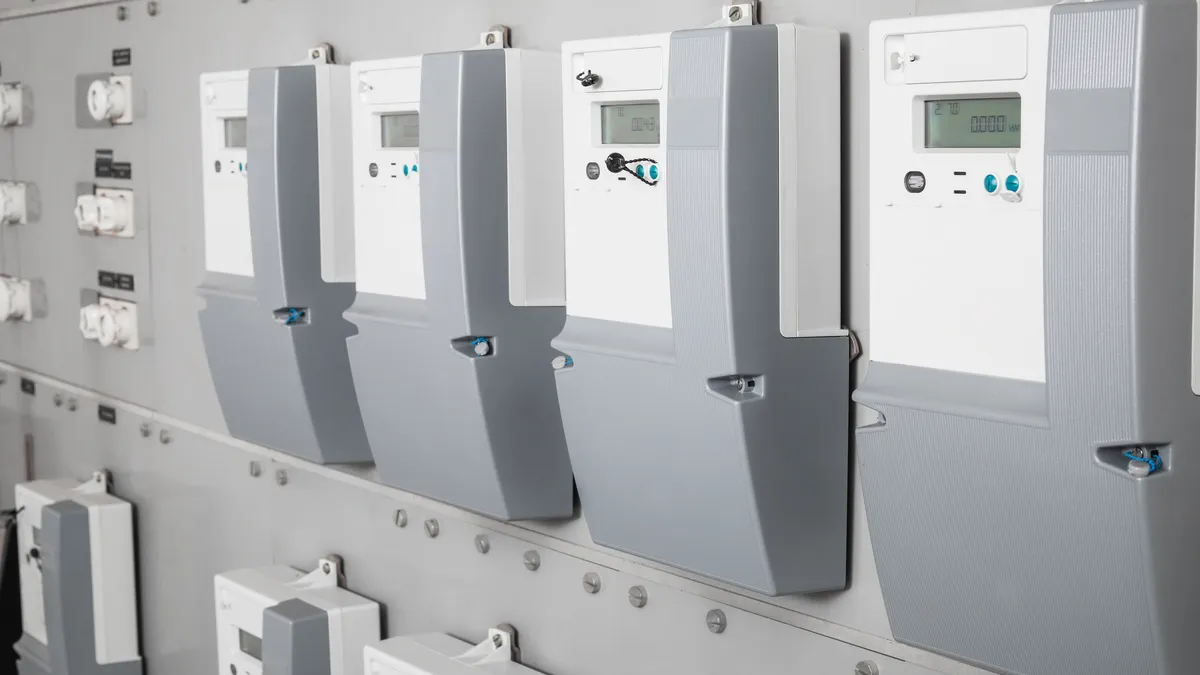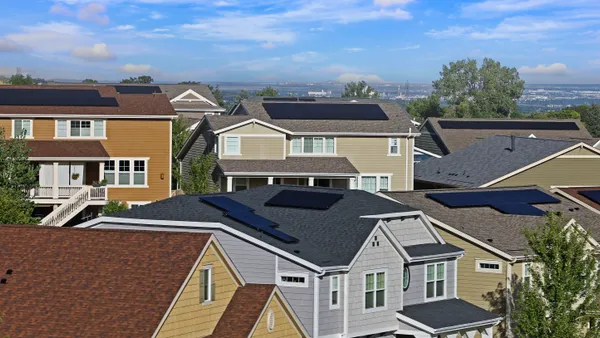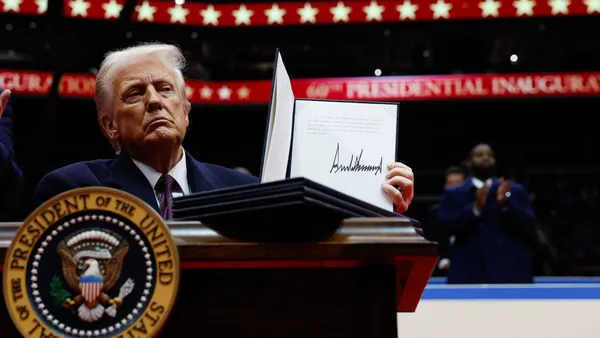Dive Brief:
- Energy efficiency is a hot topic when it comes to utility load management, and increasingly states are developing policies through a mix of mandated requirements, voluntary goals, or pilot programs.
- According to the U.S. Energy Information Administration, as of last month, 30 states and the District of Columbia have adopted efficiency policies, including two dozen that have adopted an energy efficiency resource standard (EERS).
- States that have efficiency mandates accounted for 55% of retail electricity sales in 2016.
Dive Insight:
Some 24 states have adopted an energy efficiency resource standard since Texas became the first state to do so almost two decades ago. Four states have set voluntary goals, EIA noted, and two states have established energy efficiency pilot programs.
But the trend does not always move in that direction. EIA points out that in 2014, Florida, Indiana and Ohio eliminated or suspended existing EERS policies. Ohio reinstated its policy last December.
Last summer, New Hampshire became the latest state to adopt an EERS, with a cumulative electric savings target of 3.1% by 2020, relative to 2014 levels.
Six states (Colorado, Illinois, Maryland, Michigan, New York and Ohio) that initially created an EERS about a decade ago have since extended expiring targets beyond 2020.
"Each state’s targeted electricity savings is different, ranging from 1% of prior year sales (in Michigan) to 2.1% of average sales over the prior three years (in Illinois)," EIA noted. "Among these states, the final year of the standards ranges from 2020 to 2030."
Last year, the American Council for an Energy-Efficient Economy ranked California and Massachusetts as the most efficient states. It was Massachusetts’s sixth (consecutive) year at the top of the group's annual scorecard. California was last in the top spot in 2010.
According to the report, the 2016 State Energy Efficiency Scorecard, utilities in the United States invested approximately $7.7 billion in energy efficiency last year — up from about $7.3 billion in 2014. States were driving efficiency investments through updates to building energy codes and transportation planning.














